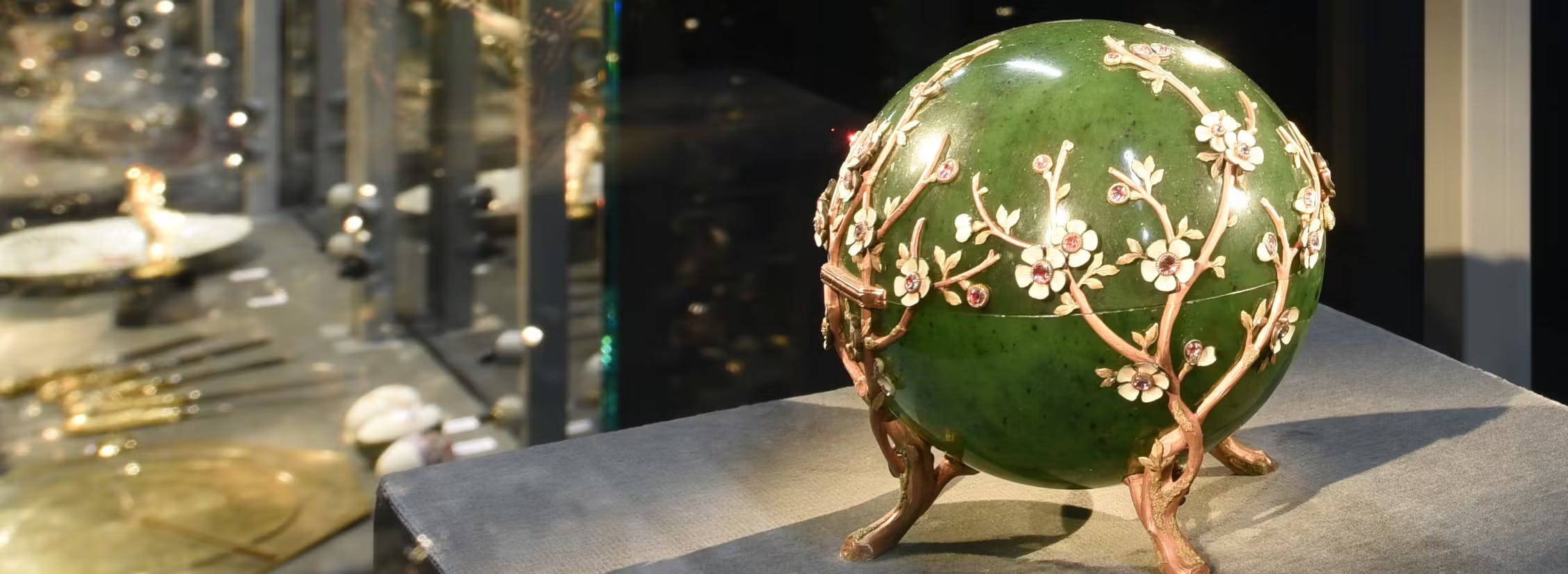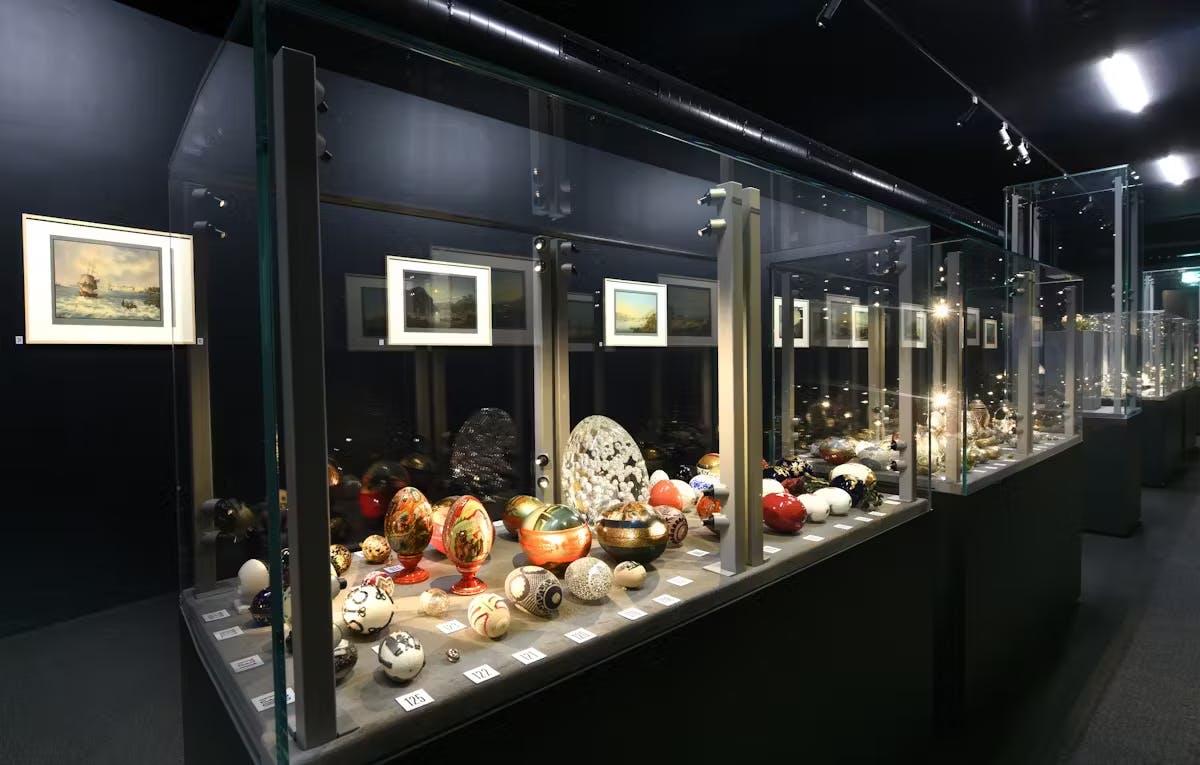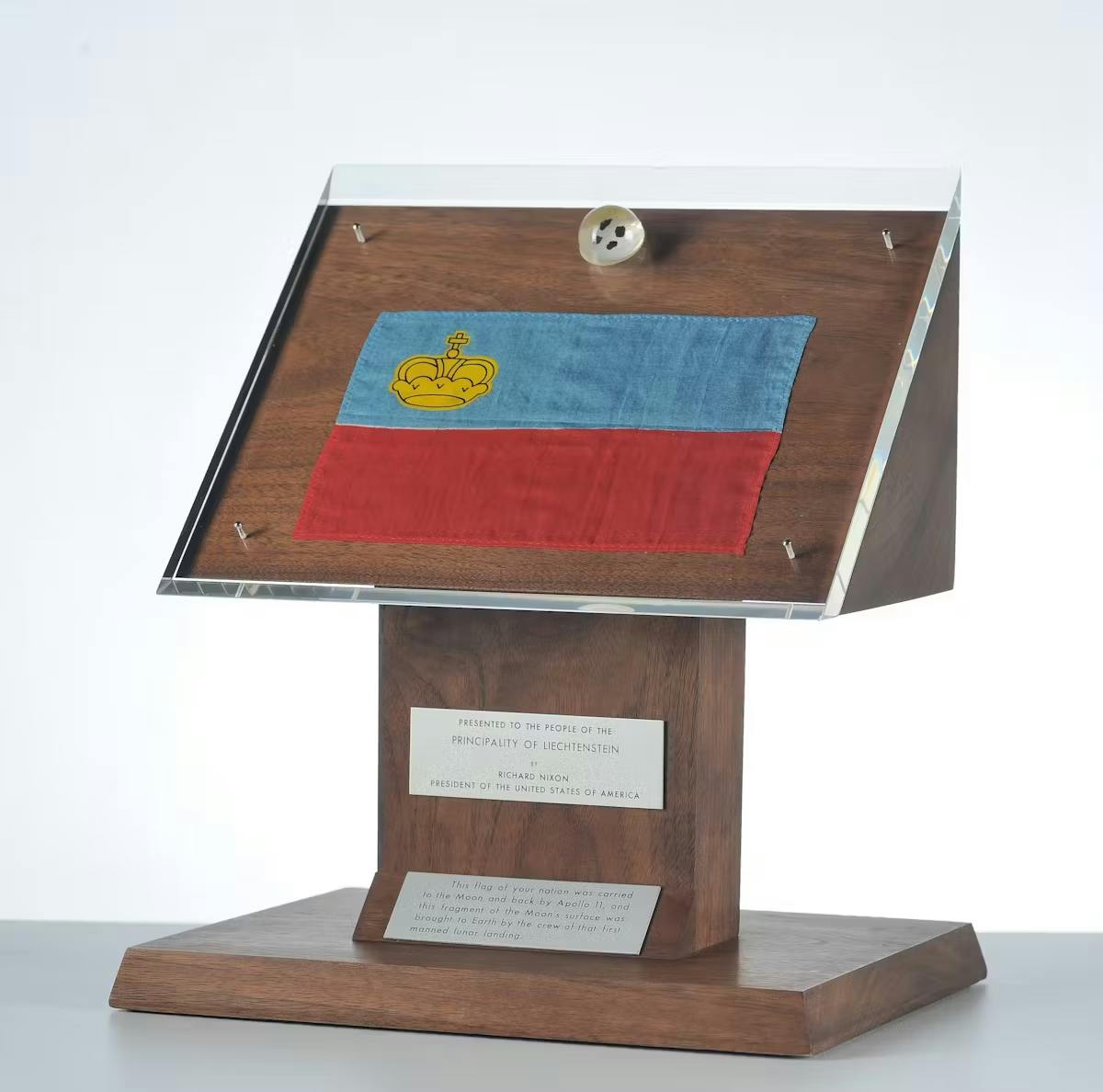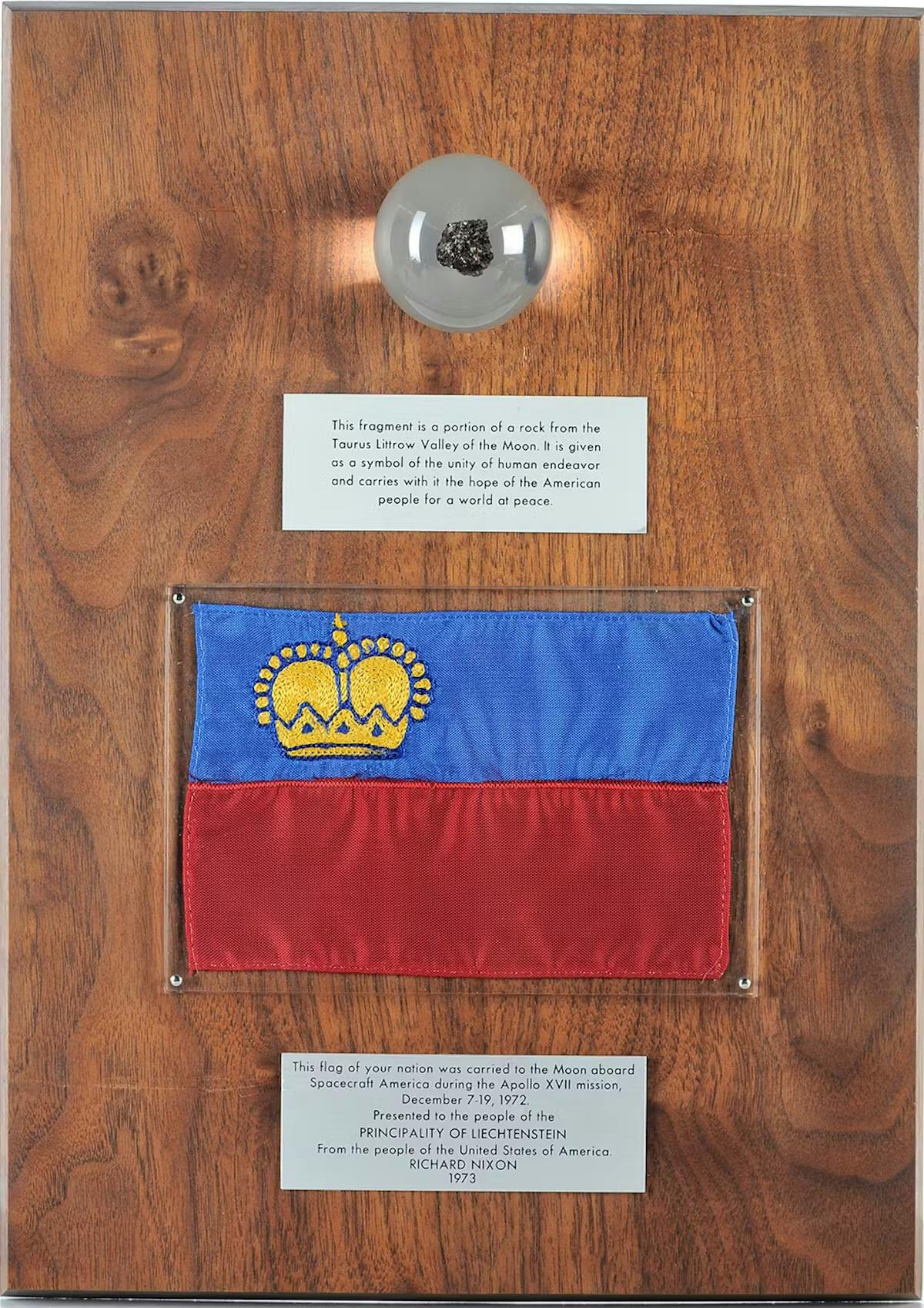As well as many graphics and paintings, this collection consists first and foremost of Easter eggs – it is the most diverse Easter egg collection of its kind in the world. The eggs are made of materials including gold, silver, gem-stones, porcelain and glass. Many are decorated with intricate enamel details
Of all the many Easter eggs in this collection donated by Adulf Peter Goop (1921-2011) to the country of Liech-tenstein, those dating from the time of the Tsars stand out. They were made by the leading goldsmiths of the age such as Karl Fabergé and Alexander Edvard Tillander. The collection, which today is one of the highlights of the Liechtenstein TreasureChamber, is considered one of the finest outside Russia. In addition to Fabergé's famous Apple Blossom Egg, other eggs, some of which are set with precious stones, are on display in the Liechtenstein TreasureChamber.
The Rhine Journey by Johann Ludwig Bleuler (1792-1850) is another highlight of the Goop Collection on show in the Liechtenstein TreasureChamber. In 80 gouaches, it depicts the European river which also forms the Liechtenstein’s western border on its way from its source in neighbouring Graubünden (Switzerland) to its estuary in the North Sea. Over many years, Goop was able to gather 77 of the 80 known paintings. A selection of these is on permanent display at the museum.
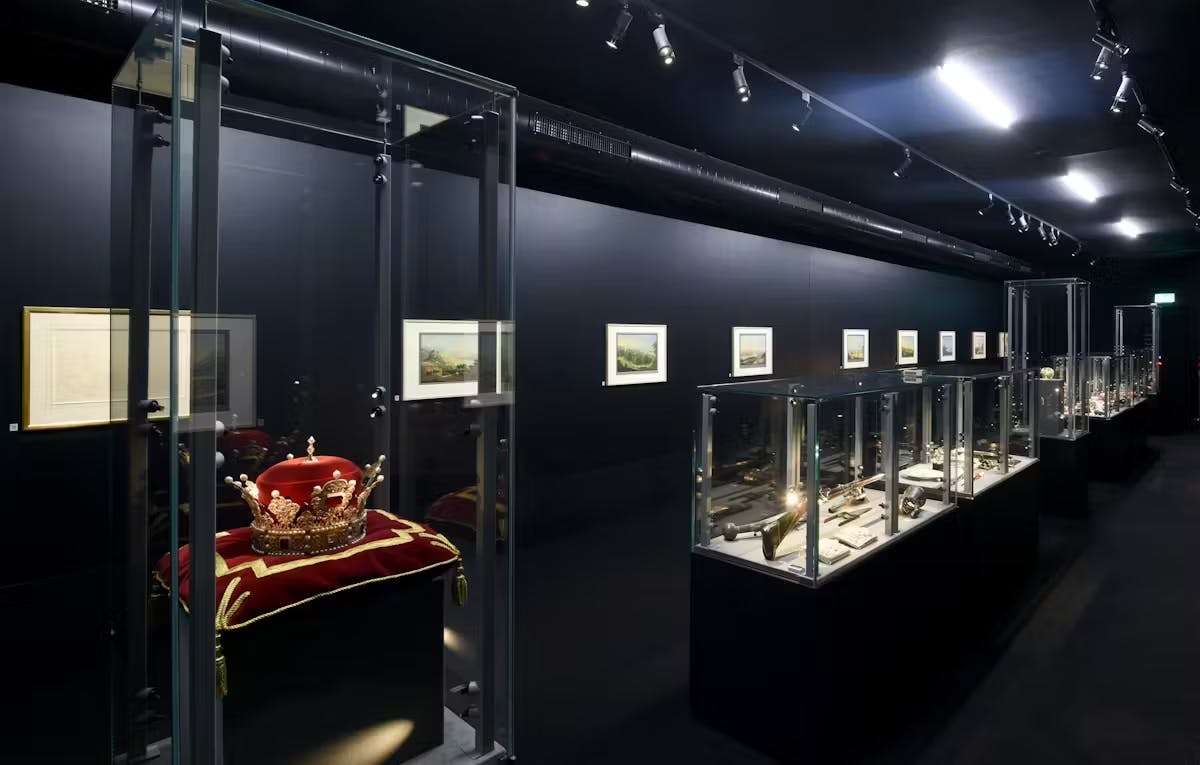
Image from the Liechtenstein TreasureChamber
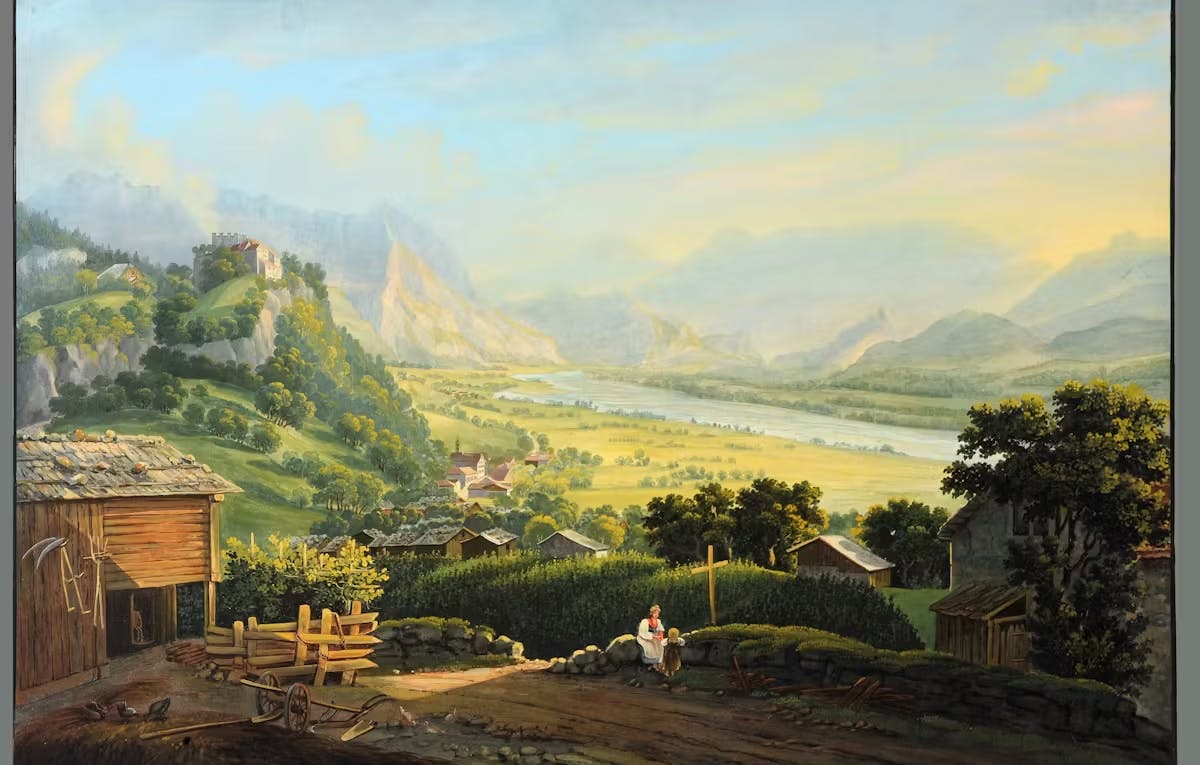
"View of Vaduz" by Johann Ludwig (Louis) Bleuler. Gouache over etching, ca. 1820/30.

